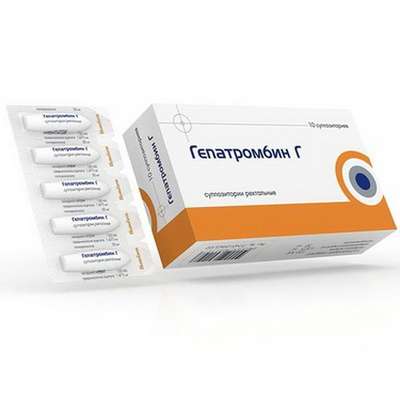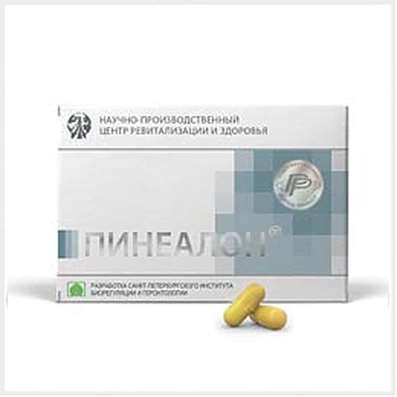Instruction for use: Dihydroergotoxine
I want this, give me price
Trade name of the drug – Redergin
Chemical rational name: The complex is close in structure to the mesylate alkaloid salt
Description of Dihydroergotoxine
Dihydrogenated derivative of ergot alkaloids amount (ergocristine, ergocornine, ergocryptine)
Pharmacotherapeutic group:
Alpha-blockers
The nosological classification (ICD-10)
G43 Migraine: The pain at migraine, hemiplegic migraine, migraine headache, migraine attack, continuous headache, hemicrania
G45.0 The syndrome vertebrobasilar arterial system: Vertebral-basilar insufficiency, vertebral artery syndrome, benign positional vertigo, benign positional vertigo after neurosurgical operations
G46 Vascular syndromes of brain in cerebrovascular diseases: Postapopleksicheskoe state, chronic cerebrovascular insufficiency
H34 Retinal vascular occlusions: Arterial thrombosis eye vessels; Venous thrombosis of the eye vesselsl Violation of retinal circulation; Violations of intraocular circulation; Lack of blood supply to the net and choroid; Occlusion of the central retinal vessels; Acute retinal artery occlusion; Subacute and chronic insufficiency of blood circulation in the retina or choroid; Vascular diseases of the retina eyes; Vascular disorders in retina; Thrombosis of retinal vessels; Thrombosis of central retinal vein; Thrombosis of central retinal vein and its branches; Thrombosis of the central vein of the retina of the eye and its branches
H81.9 Violation of vestibular function, unspecified: labyrinthine-vestibular disorder; Labyrinth disorders; vestibular nystagmus; cochleovestibular disorder; cochleovestibular syndrome vascular origin; Violation of the microcirculation in the maze; Ischemic disorders of hearing and balance
I10 Essential (primary) hypertension: hypertension; Arterial hypertension; Arterial hypertension crisis course; Essential Hypertension; Essential hypertension; Essential hypertension; Essential hypertension; Essential hypertension; Primary hypertension; Arterial hypertension, complications of diabetes; The sudden increase in blood pressure; Hypertensive disorders of blood circulation; hypertensive condition; hypertensive crises; arterial Hypertension; malignant Hypertension; Hypertonic disease; hypertensive crises; accelerated hypertension; malignant hypertension; The aggravation of hypertensive disease; Transient hypertension; Isolated systolic hypertension
I15 Secondary hypertension: Arterial hypertension, complications of diabetes; hypertension; The sudden increase in blood pressure; Hypertensive disorders of blood circulation; hypertensive condition; hypertensive crises; hypertension; arterial Hypertension; malignant Hypertension; hypertensive crises; accelerated hypertension; malignant hypertension; The aggravation of hypertensive disease; Transient hypertension; hypertension; Arterial hypertension; Arterial hypertension crisis course; renovascular hypertension; Hypertension symptomatic; Renal hypertension; Renovascular hypertension; renovascular hypertension; Symptomatic hypertension
I63 Cerebral infarction: ischemic Stroke; Ischemic brain disease; Ischemic stroke; Ischemic stroke and its consequences; Ischemic cerebral stroke; Ischemic cerebrovascular accident; Ischemic brain damage; Ischemic brain damage; ischemic conditions; Cerebral ischemia; Acute hypoxia brain; Acute cerebral ischemia; Acute ischemic cerebrovascular accident; Acute cerebral infarction; Acute ischemic stroke; Acute period of ischemic stroke; Focal cerebral ischemia; Ischemic stroke; recurrent stroke; The syndrome of Morgagni-Adams-Stokes; Chronic cerebral ischemia; cerebrovascular stroke; embolic stroke; Ischemic brain damage
I69 The effects of cerebrovascular disease: Ischemic and post-stroke condition; Residual effects of hemorrhagic stroke; Residual effects of ischemic stroke; Residual effects of cerebral circulation; Residual effects of subarachnoid hemorrhage; Ischemic stroke; Transferred thromboembolic stroke; The consequence of cerebrovascular accident; The consequence of insufficient blood supply to the brain; Consequences of ischemic stroke; The consequences of a stroke; Postapopleksicheskoe state; post-stroke period; post-stroke syndrome; Condition after stroke; Condition after cerebrovascular accidents; Chronic cerebrovascular insufficiency
I73.0 Raynaud's Syndrome: Raynaud's syndrome Leriche; Raynaud's disease; Raynaud's phenomenon; RaynaudLeriche syndrome; Raynaud's disease; Raynaud's syndrome with trophic disorders; Peripheral angiopathy
I79.2 Peripheral angiopathy in diseases classified elsewhere: diabetic angiopathy; Angiopathy in diabetes; arteriosclerosis diabetic; Pain in lesions of peripheral nerves; Diabetic angiopathy; Diabetic microangiopathy; Diabetic vascular disease; Intermittent angioneurotic disbaziya; Macroangiopathy in diabetes; microangiopathy; Microangiopathy in diabetes mellitus; Tingling sensations in the hands and feet; Coldness in the extremities; Peripheral angiopathy; Peripheral arterial disease; Sclerosis Menkeberga; Chronic obliterating diseases of arteries
T90.5 Effects of intracranial injury: Condition after traumatic brain injury; Conditions after traumatic brain injury; Traumatic encephalopathy; Residual effects of traumatic brain injury; Recovery after traumatic brain injury; Conditions after traumatic brain injury
Application of a substance Dihydroergotoxine:
Psychoorganic syndrome in the elderly, peripheral arterial disease (functional disorders of the peripheral circulatory disease and Raynaud's syndrome, neurogenic arterial spasms, Sudeck syndrome), Buerger's disease, atherosclerosis, diabetic angiopathy, a spasm of the arteries thrombosis, thrombophlebitis, varicose syndrome, cerebrovascular accident (migraine, vasomotor headaches, atherosclerosis of brain vessels with symptoms of acute or chronic cerebrovascular insufficiency), vertebrobasilar insufficiency, ischemic stroke, post-hemorrhagic stroke or traumatic brain injury, hypertension, circulatory disorders of the retina and choroid, optic neuritis syndrome Ménière's syndrome kohleovestibulyarny vascular origin.
Pharmacology
Pharmachologic effect - Mode of action - vasodilator, hypotensive, arteriodilatirtee.
Blocks of pre- and postsynaptic alpha-adrenergic and dopaminergic receptors, inhibits the binding of norepinephrine and dopamine postsynaptic membranes inhibits the pressor effects of catecholamines. Passes gistogematicalkie barriers, including GEB, placental. It causes dilation of peripheral blood vessels, reduce the heart rate, increases the synthesis and release of norepinephrine, increases myocardial contractility. Reduces the intensity of anaerobic metabolism and stimulate brain tissue oxygen consumption, it activates the intracellular metabolism functionally damaged neurons acts on the neurochemical processes in the brain tissue aging.
Contraindications for Dihydroergotoxine
Hypersensitivity, severe coronary heart disease, renal failure, aged age.
Dihydroergotoxine Dosage and Administration
Inside, parenterally
Side effect of Dihydroergotoxine
Anorexia, dyspepsia (nausea, vomiting, heaviness in the epigastric), abdominal pain, blurred vision, nasal congestion, orthostatic hypotension, skin rashes.
Restrictions to application
Bradycardia, hypotension.
Interaction
Increases effect of vasodilating and antihypertensive agents, anticoagulants, weakens - alpha-agonists, including clonidine.
Precautions for use Dihydroergotoxine
The rapid intravenous administration can cause orthostatic hypotension.

 Cart
Cart





